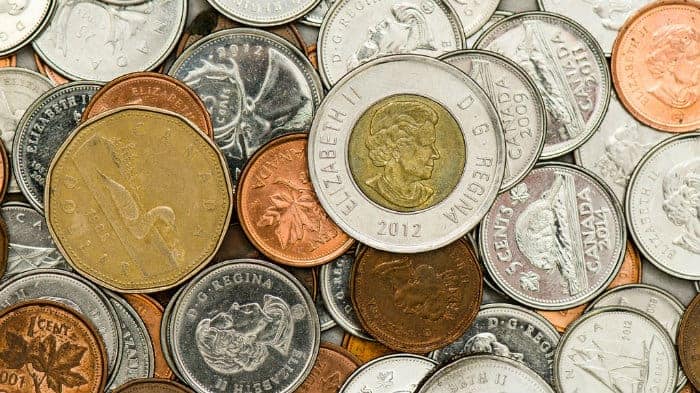The surge in iron ore over the second half of 2016 caught investors and the industry by surprise, triggering renewed interest in iron ore miners. One company attracting considerable attention from contrarian investors is Labrador Iron Ore Royalty Corporation (TSX:LIF). Despite its share price popping by almost 40% over the last year because of higher iron ore prices, it remains an attractive contrarian bet for yield-hungry investors.
Now what?
Labrador Iron Ore is a royalty company which owns a 15.1% interest in one of Canada’s largest iron ore producers, the Iron Ore Company of Canada, or IOC. It receives a 7% gross royalty and a $0.10 per tonne commission on all iron ore products produced, sold, and shipped by that company.
This is an important attribute for investors to note.
It means that Labrador Iron Ore does not take on any of the risks or hazards directly associated with mining. Instead, it receives an off the top royalty which IOC is obliged to pay whether it is profitable or not.
As a result, for as long IOC remains operational and keeps producing iron ore, Labrador Iron Ore’s cash flow is not affected by lower ore prices or other factors that could impact IOC’s profitability. While the market for iron ore is cyclical, it would take a significant and prolonged slump to cause IOC to dial down operations and impact Labrador’s earnings.
Furthermore, IOC is majority owned by mining heavyweight Rio Tinto plc which has a solid history of developing and operating iron ore mines, including a proven track record for surviving the cyclical downturns that affect the industry.
Such a high degree of certainty makes it an attractive investment, particularly when investors consider the regular dividend which yields just under 6%.
Higher iron ore prices have been a boon for Labrador Iron Ore, causing an almost four-fold increase in first-quarter 2017 net income when compared to the same period in 2016.
Notably, IOC has been growing production, which allows Labrador Iron Ore to benefit from firmer ore prices. For the first quarter of 2017, IOC’s total production was 12% higher than the same period in 2016. This means that it is on track to meet 2017 production guidance of 22 million tonnes of iron ore concentrate, which is a healthy 15% higher than 2016.
The greatest risk for Labrador Iron Ore is the price of iron ore, which has weakened sharply in recent months to be just over US$60 per tonne, or 31% lower than March 2017, although it is still well above where it was a year earlier.
The fear is that this trend will continue because of Australian and Brazilian producers ramping up production and weaker demand from China. April manufacturing activity in China declined, and the demand for steel in China, the world’s second-largest economy, is expected to fall because Beijing’s latest round of economic stimulus, which focused on boosting infrastructure investment, is tapering off.
Nonetheless, IOC’s all-in sustaining costs are US$36.41, which is well below the current spot price, making it attractive for it to continue growing production.
So what?
Despite the uncertainty surrounding iron ore and the outlook for China, Labrador Iron Ore is an appealing income play for yield-hungry investors. The certainty of Labrador Iron Ore’s earnings coupled with the steps taken by IOC to boost production and cut costs mean that the dividend is sustainable and should remain so even if iron ore softens further.







